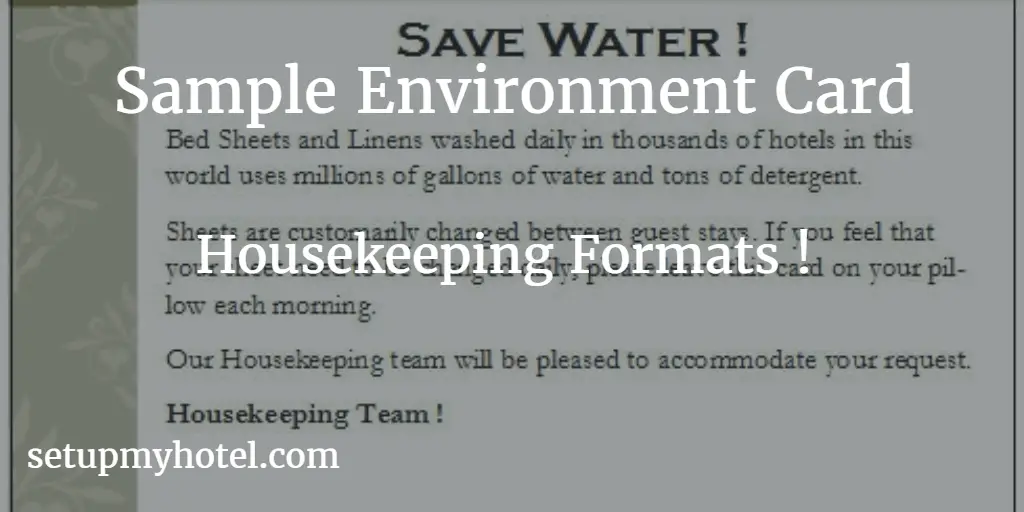Hotel cards, also known as key cards or access cards, are essential tools for guests to enter their rooms and access various amenities within a hotel. These plastic cards are designed to be durable and resistant to normal wear and tear. However, one common concern that many travelers have is whether these cards can get wet and what happens if they do. Understanding the potential risks of water damage to hotel cards is crucial for ensuring a smooth and stress-free stay.
What Are Hotel Cards Made Of?
Hotel cards are typically made from a type of plastic called PVC (polyvinyl chloride), which is known for its durability and resistance to moisture. This material is chosen because it can withstand the everyday use that these cards endure, such as being inserted into key readers, carried in pockets, and exposed to different environmental conditions. However, while PVC is water-resistant, it is not entirely waterproof. Prolonged exposure to water or submersion in liquid can still lead to damage over time.
Can Hotel Cards Get Wet?
Yes, hotel cards can get wet, but the extent of the damage depends on several factors, including the duration of exposure, the type of liquid, and the condition of the card itself. If a hotel card gets briefly wet, such as from a light rain or a splash of water, it may not suffer any significant damage. However, if the card is submerged in water or left in a damp environment for an extended period, it could become damaged.
One of the primary concerns with water exposure is the potential for the magnetic stripe or the chip on the card to become corrupted. These components are responsible for granting access to the room and other services. If they are damaged, the card may no longer work, which can be a major inconvenience for guests.
What Happens If a Hotel Card Gets Wet?

When a hotel card gets wet, the first thing to check is whether it still functions properly. If the card is not working, it may be due to water damage. In some cases, the card may still work after drying out, but there is a risk that the internal components could be permanently damaged. This is especially true if the card was exposed to saltwater, such as during a beach vacation, as salt can accelerate corrosion and damage the card’s circuitry.
In addition to functional issues, water damage can also affect the appearance of the card. The printed information, such as the guest’s name, room number, and expiration date, may fade or become illegible. This can make it difficult for hotel staff to identify the card and may require the guest to obtain a new one.
How to Prevent Water Damage to Hotel Cards

Preventing water damage to hotel cards is relatively simple and requires a bit of caution. One of the best ways to protect a hotel card is to keep it in a dry place, such as a sealed plastic bag or a waterproof case. This is especially important when traveling to areas with high humidity or where rain is common.
Another effective method is to avoid exposing the card to direct contact with water. For example, guests should refrain from using the card near swimming pools, showers, or other sources of moisture. If the card does get wet, it should be dried immediately using a soft cloth or paper towel. It is also advisable to avoid using heat sources, such as hairdryers, as excessive heat can warp the plastic and cause further damage.
What to Do If a Hotel Card Gets Wet

If a hotel card gets wet, the first step is to dry it thoroughly. Gently pat the card with a clean, dry cloth to remove any excess moisture. It is important to avoid rubbing the card vigorously, as this can cause scratches or damage to the surface.
Once the card is dry, test it by inserting it into the key reader or using it at the front desk. If the card works, it is likely that the damage was minimal. However, if the card does not function properly, it is best to contact the hotel staff immediately. They can assist in replacing the card and ensuring that the guest can access their room without any issues.
Conclusion
While hotel cards are designed to be durable, they are not completely immune to water damage. Understanding the risks and taking preventive measures can help ensure that these cards remain functional throughout a guest’s stay. By keeping the card dry, avoiding exposure to moisture, and knowing what to do if it gets wet, travelers can enjoy a more seamless and worry-free experience at their hotel.




